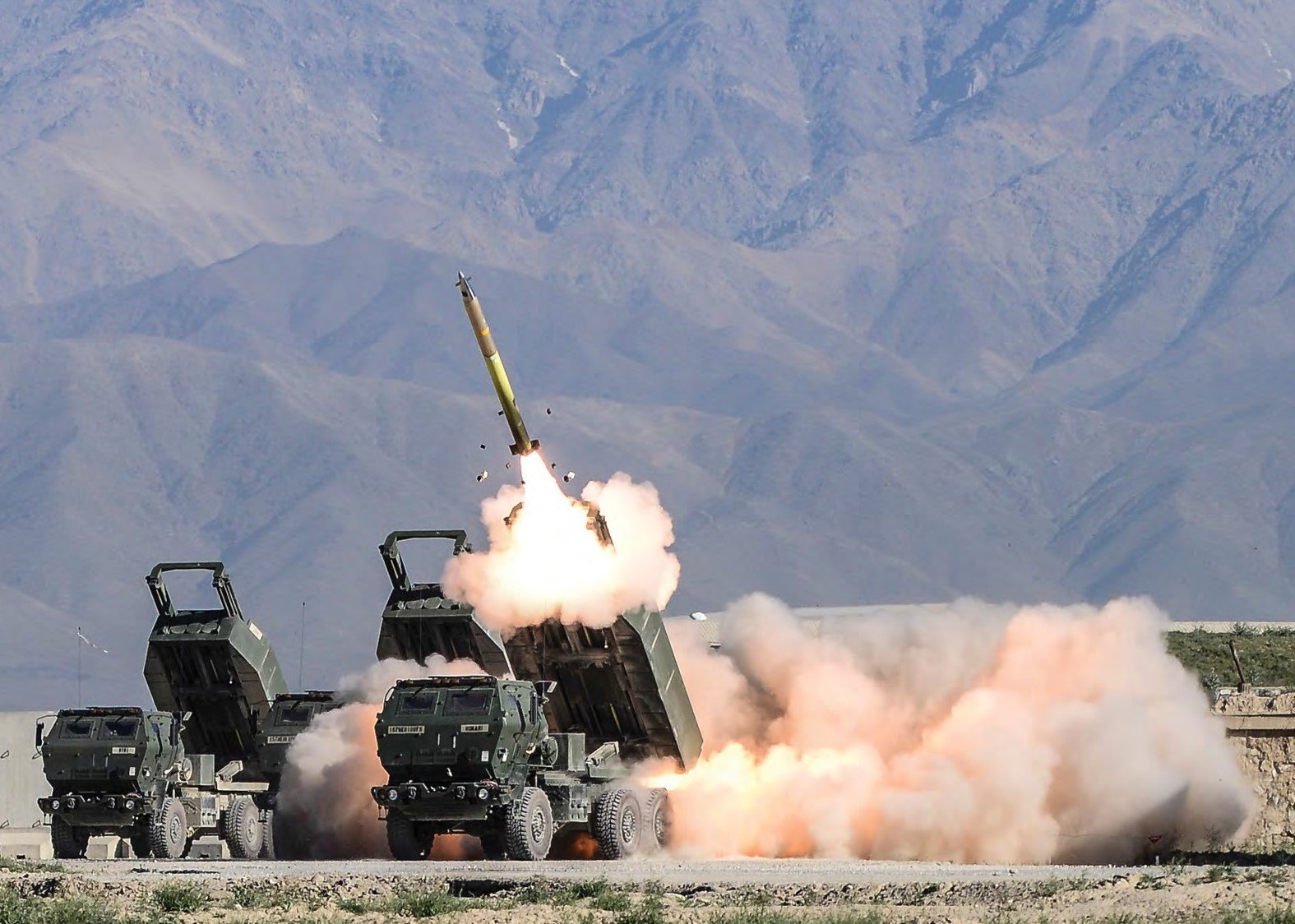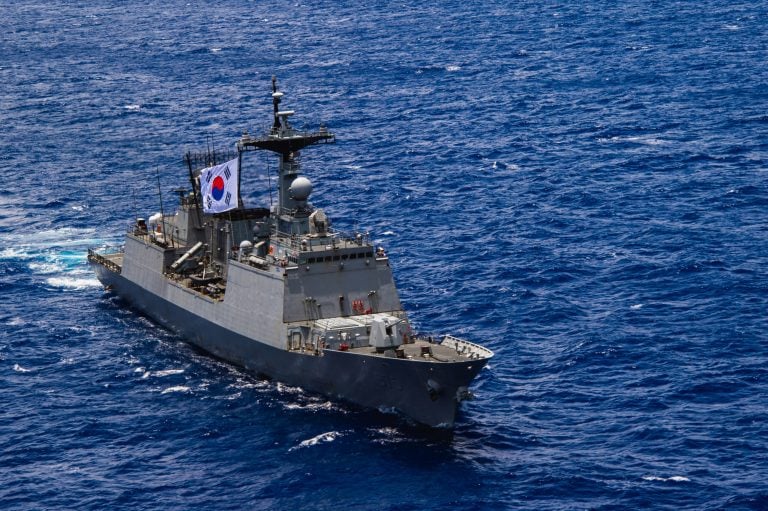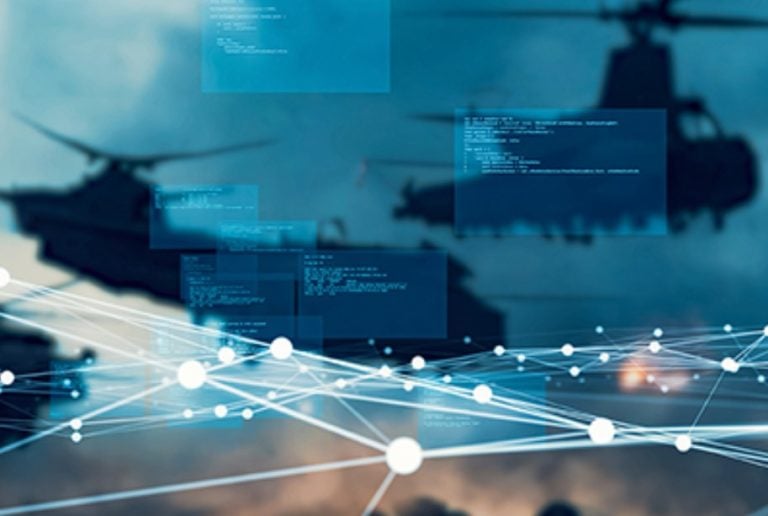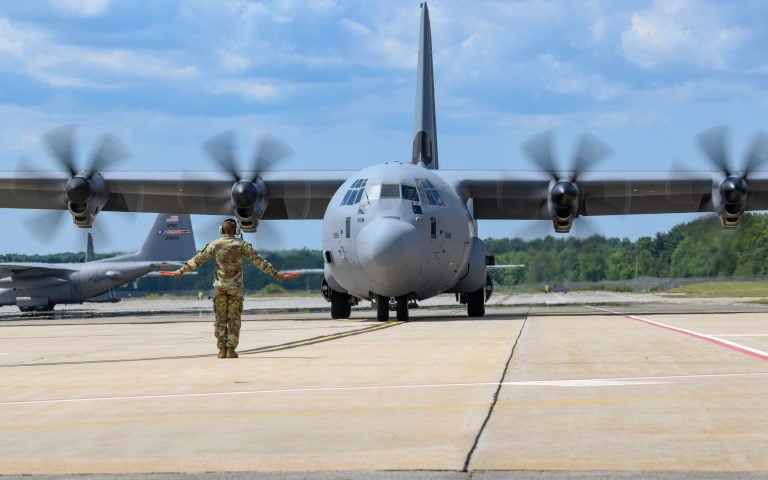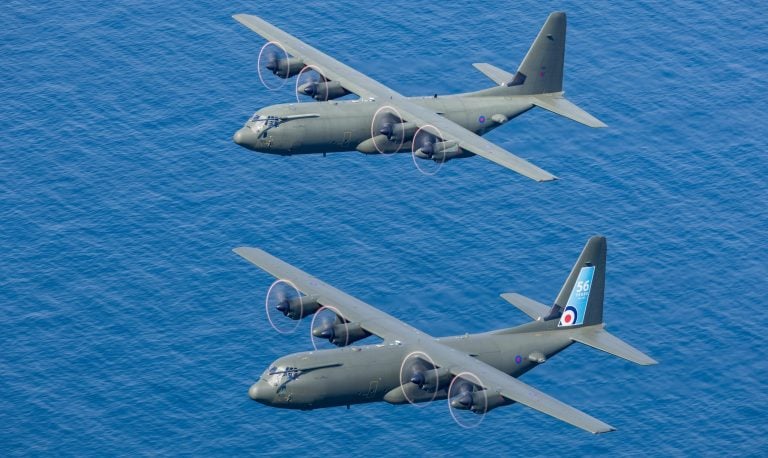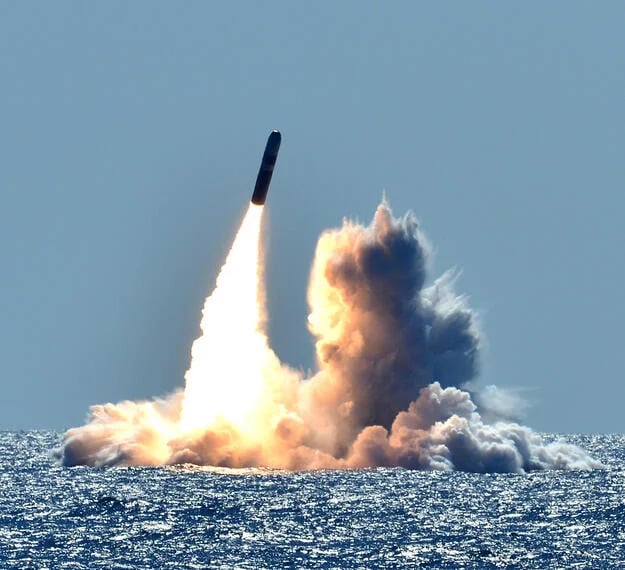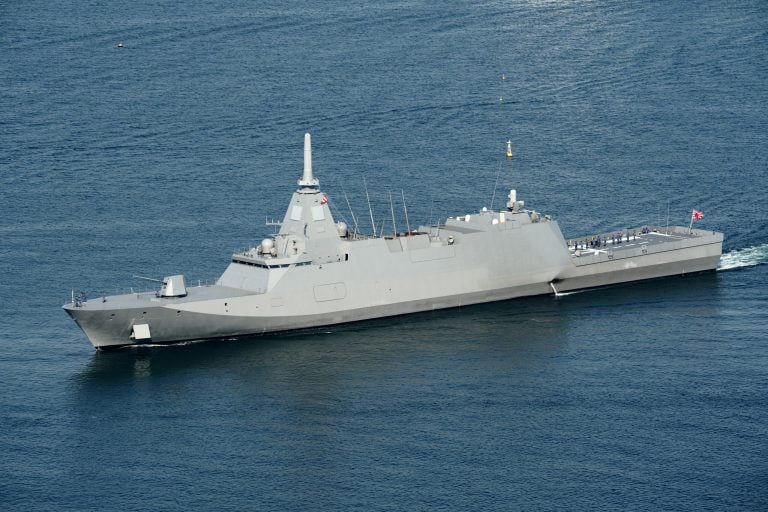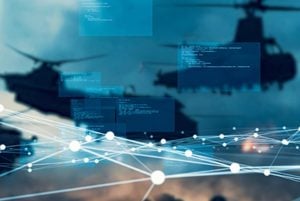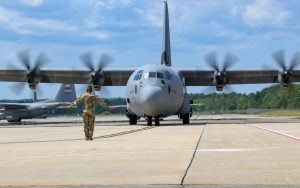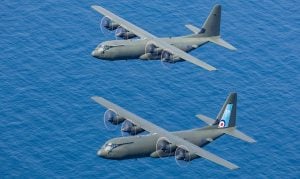Taiwan initiated its first live-firing exercise using the High Mobility Artillery Rocket Systems (HIMARS) purchased from the United States on Monday. This move marks a significant step in strengthening the island’s defense capabilities amid ongoing tensions with China, which claims Taiwan as part of its territory and has threatened to use military force to assert its control.
The military landscape surrounding Taiwan remains precarious, with the island significantly outgunned by China’s vast military resources. For decades, Taiwan has actively sought to bolster its defensive capabilities through the procurement of advanced military hardware from the U.S. as a deterrent against potential aggression from Beijing.
The delivery of the first batch of 11 HIMARS to Taiwan took place in November. These truck-mounted systems are capable of launching multiple precision-guided rockets simultaneously, enhancing Taiwan’s ability to respond swiftly in the event of an attack. HIMARS has already proven its effectiveness in conflict zones, notably in Ukraine, where it has been utilized against Russian forces.
On the day of the live exercise, journalists from AFP observed the Taiwanese army executing the rocket launches at the Jiupeng military base located in southern Pingtung County. The demonstration underscores Taiwan’s commitment to maintaining a robust defense posture in the face of significant military threats.
Despite Washington having severed official diplomatic ties with Taipei in 1979, opting to recognize Beijing, the U.S. has continued to be Taiwan’s most critical ally and arms supplier. Over the past fifty years, the United States has sold billions of dollars’ worth of military equipment and ammunition to Taiwan, including F-16 fighter jets and naval vessels, which has consistently provoked displeasure from China.
As tensions in the region escalate, Taiwan’s military exercises and related procurements highlight the ongoing struggle for security and autonomy amid a geopolitical landscape that possesses the potential for conflict.
